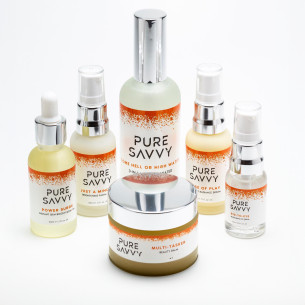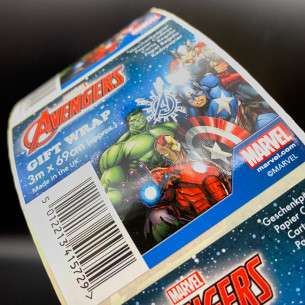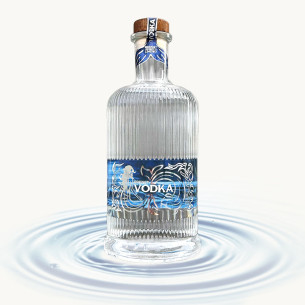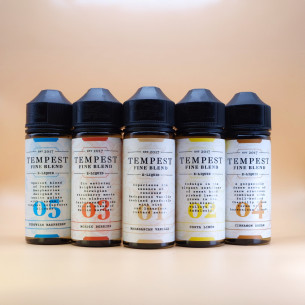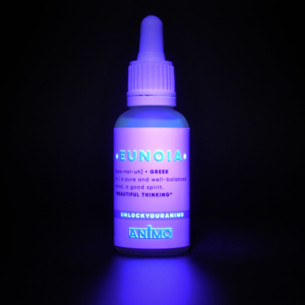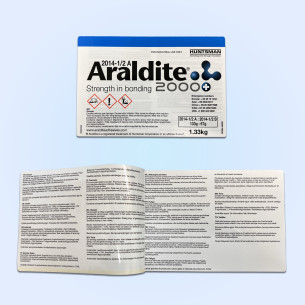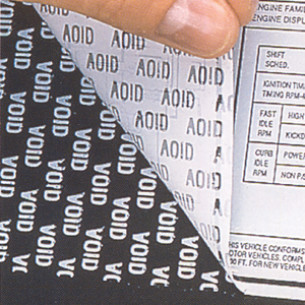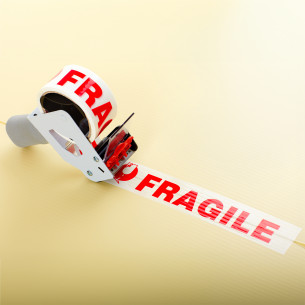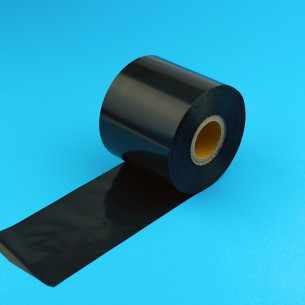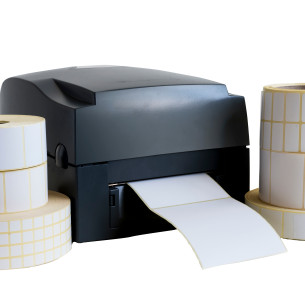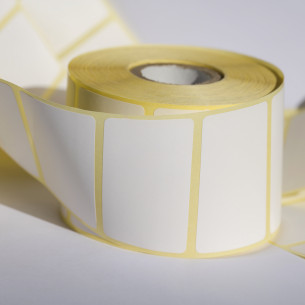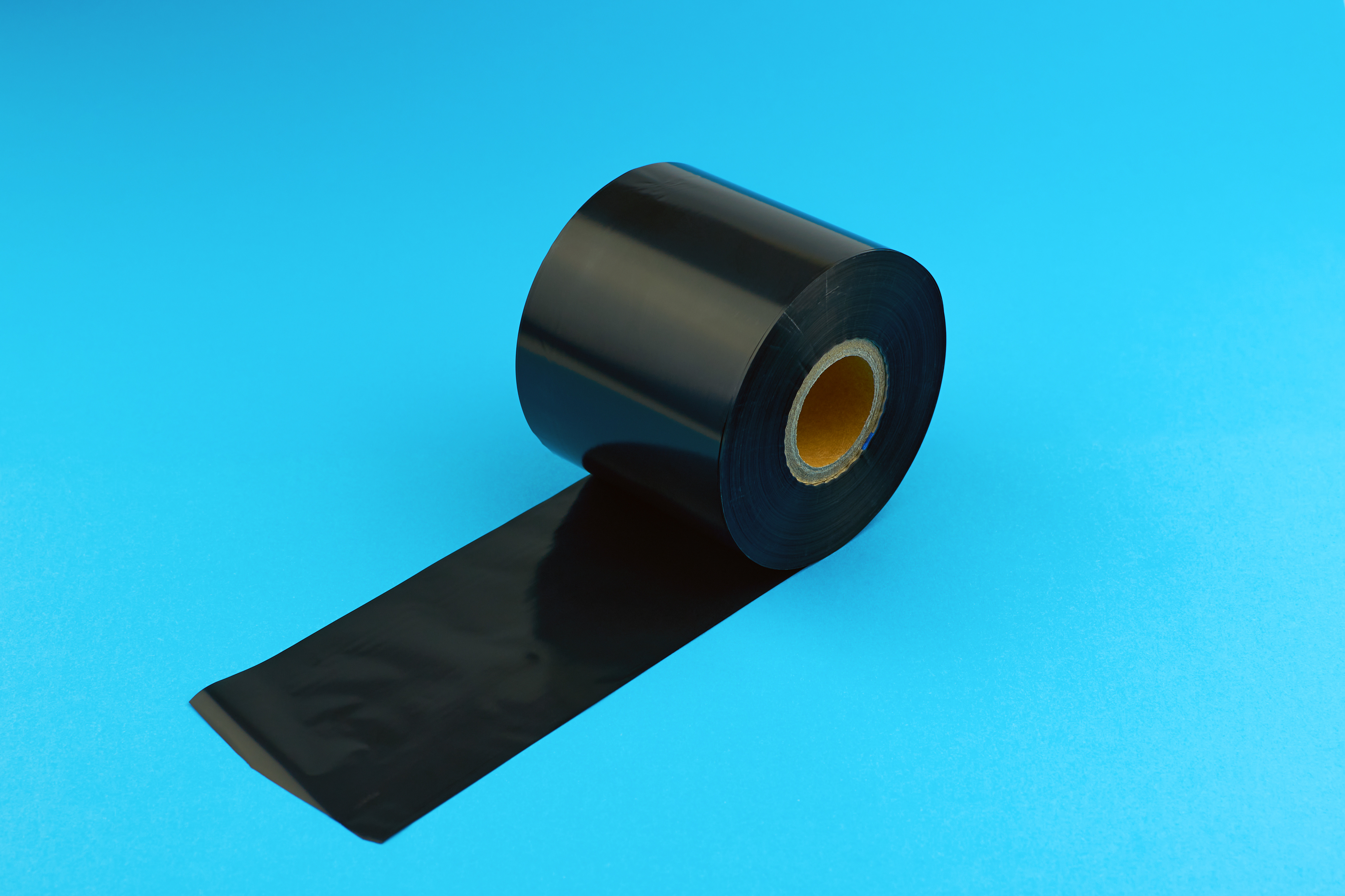Wax thermal transfer ribbon
Cost effective but less durable
Composition and characteristics
Wax ribbons are made primarily of wax-based ink. They are the most economical option and are widely used for general-purpose printing. The ink on wax ribbons melts at a lower temperature, which allows for faster printing speeds and reduced wear on print heads.
Applications
Wax ribbons are ideal for printing on paper-based labels and tags. They provide good print quality for barcodes, text, and simple graphics. However, they are less durable compared to other types of ribbons and are more susceptible to smudging and scratching. Typical applications include:
Shipping labels
Warehouse labels
Retail tags
General-purpose labels
Advantages and disadvantages
Advantages:
Cost-effective
High printing speed
Suitable for high-volume printing
Disadvantages:
Less durable
Susceptible to smudging and scratching
Limited resistance to chemicals and abrasion
